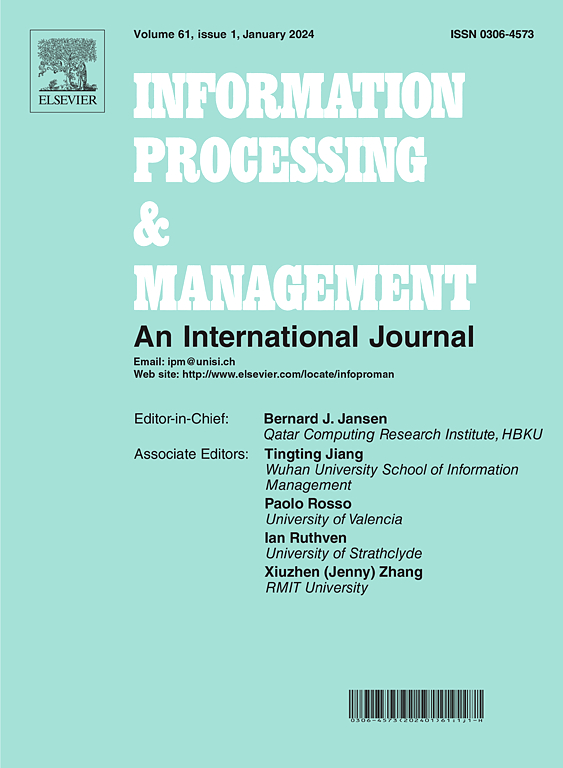Triple Sparse Denoising Discriminantive Least Squares Regression for image classification
IF 7.4
1区 管理学
Q1 COMPUTER SCIENCE, INFORMATION SYSTEMS
引用次数: 0
Abstract
Discriminantive Least Squares Regression (DLSR) is an algorithm that employs -draggings techniques to enhance intra-class similarity. However, it overlooks that an increase in intra-class closeness may simultaneously lead to a decrease in the distance between similar but different classes. To address this issue, we propose a new approach called Triple Sparse Denoising Discriminantive Least Squares Regression (TSDDLSR), which combines three sparsity constraints: sparsity constraints between classes to amplify the growth of the distance between similar classes; sparsity constraints on relaxation matrices to capture more local structure; sparsity constraints on noise matrices to minimize the effect of outliers. In addition, we position the matrix decomposition step in the label space strategically with the objective of enhancing denoising capabilities, safeguarding it from potential degradation, and preserving its underlying manifold structure. Our experiments evaluate the classification performance of the method under face recognition tasks (AR, CMU PIE, Extended Yale B, Georgia Tech, FERET datasets), biometric recognition tasks (PolyU Palmprint dataset), and object recognition tasks (COIL-20, ImageNet datasets). Meanwhile, the results show that TSDDLSR significantly improves classification performance compared to existing methods.
用于图像分类的三重稀疏去噪判别最小二乘回归技术
判别最小二乘法回归(DLSR)是一种利用ɛ拖曳技术来提高类内相似度的算法。然而,它忽略了类内相似度的增加可能会同时导致相似但不同类之间距离的减小。为了解决这个问题,我们提出了一种名为三重稀疏去噪最小二乘回归(TSDDLSR)的新方法,它结合了三种稀疏性约束:类间稀疏性约束,以放大相似类间距离的增长;松弛矩阵稀疏性约束,以捕捉更多局部结构;噪声矩阵稀疏性约束,以最小化异常值的影响。此外,我们将矩阵分解步骤战略性地置于标签空间中,目的是增强去噪能力,防止潜在的退化,并保留其底层流形结构。我们的实验评估了该方法在人脸识别任务(AR、CMU PIE、Extended Yale B、Georgia Tech、FERET 数据集)、生物识别任务(PolyU Palmprint 数据集)和物体识别任务(COIL-20、ImageNet 数据集)下的分类性能。同时,研究结果表明,与现有方法相比,TSDDLSR 能显著提高分类性能。
本文章由计算机程序翻译,如有差异,请以英文原文为准。
求助全文
约1分钟内获得全文
求助全文
来源期刊

Information Processing & Management
工程技术-计算机:信息系统
CiteScore
17.00
自引率
11.60%
发文量
276
审稿时长
39 days
期刊介绍:
Information Processing and Management is dedicated to publishing cutting-edge original research at the convergence of computing and information science. Our scope encompasses theory, methods, and applications across various domains, including advertising, business, health, information science, information technology marketing, and social computing.
We aim to cater to the interests of both primary researchers and practitioners by offering an effective platform for the timely dissemination of advanced and topical issues in this interdisciplinary field. The journal places particular emphasis on original research articles, research survey articles, research method articles, and articles addressing critical applications of research. Join us in advancing knowledge and innovation at the intersection of computing and information science.
 求助内容:
求助内容: 应助结果提醒方式:
应助结果提醒方式:


